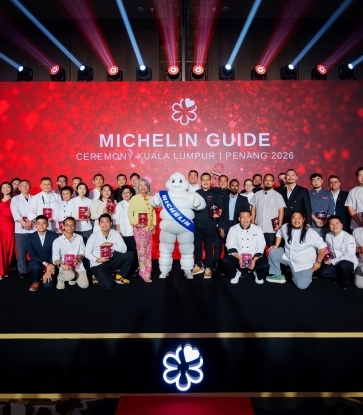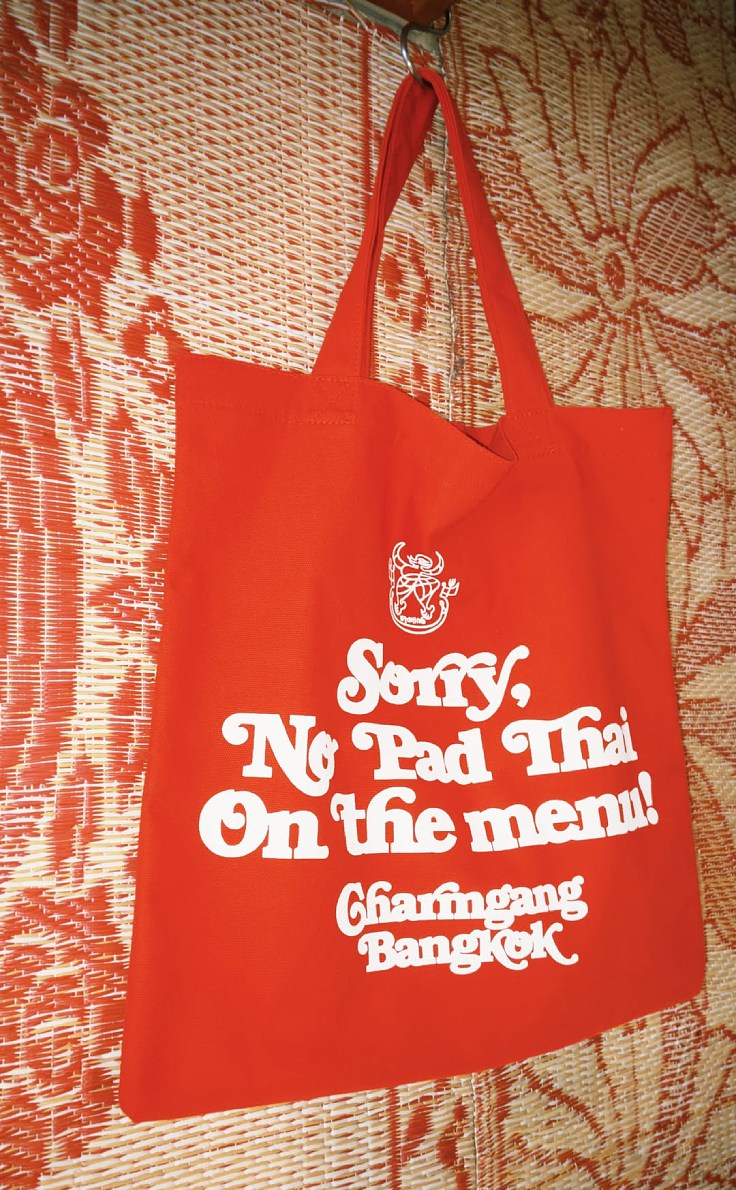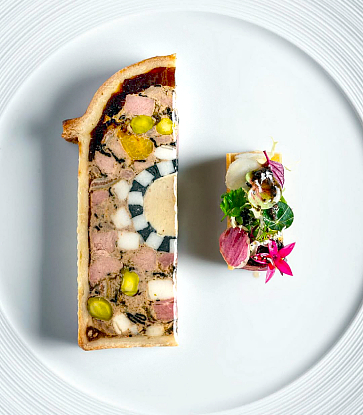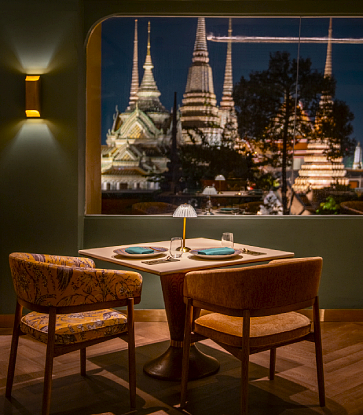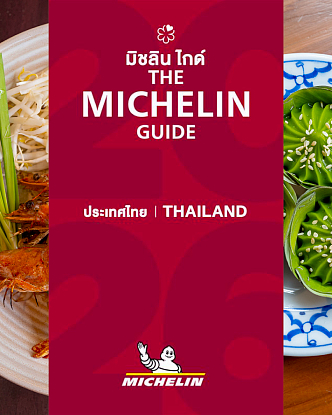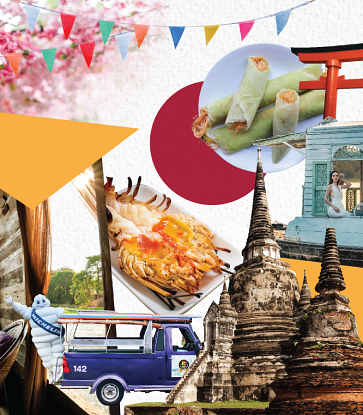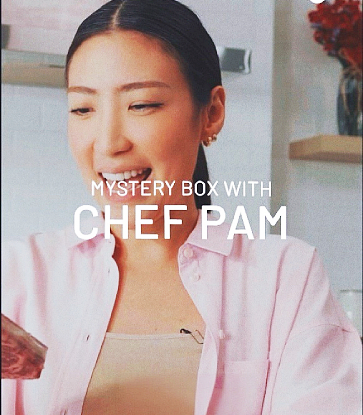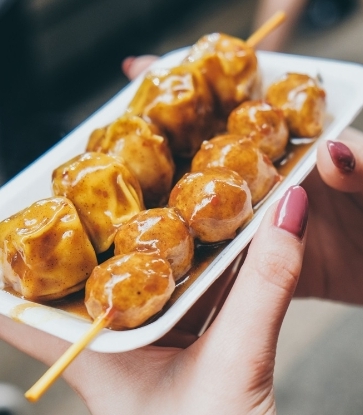Each region or culture has its own healthy menu — what’s often generalized as salad. The most famous Thai salad is probably som tam, the spicy papaya salad from the northeast.
But did you know the south of Thailand has its own take on healthy eating? Khao yam shows how traditional food can be beautiful — inside and out.
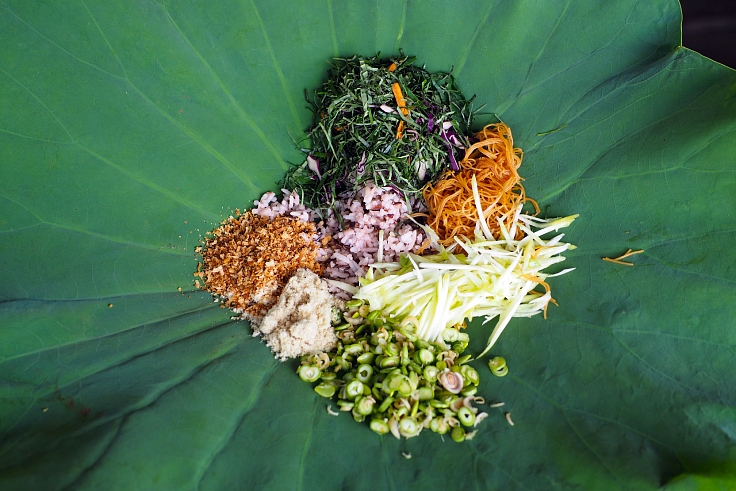
Khao yam, Southern Thailand’s most vibrant salad
“Khao yam,” also known as “khao yam budu,” is a traditional southern Thai dish. This well-balanced salad brings together the full spectrum of flavors — sweet, sour and salty — in perfect harmony. At its core are four main ingredients, which can be rotated for variety.- Rice: You can rotate between brown rice, riceberry, black rice (hom nin), or other varieties you prefer. To make it more appealing, color your rice with natural ingredients such as turmeric, butterfly pea, or mulberry leaves.
- Vegetables: Add herbs, edible flowers, and fruits such as sour mango and pomelo.
- Nam budu: A watery sauce made from pickled fish mixed with salt.
- Side items: Ground dried fish and dried shrimp are common. You can also add eggs, crispy fish, roasted coconut, and puffed rice.
Khao yam is a popular single-serving dish in southern Thailand. There are various theories about its origin. Some say it was inspired by royal cuisine. Others believe it was influenced by nasi kerabu — the blue-colored rice dish served with herbs, vegetables, fried fish or chicken, and sauce. Nasi kerabu is a type of nasi ulam that originated in Peninsular Malaysia. Thai cooks adapted the flavors and ingredients to suit the royal palate. A third theory suggests the dish emerged from local wisdom — a way to preserve food and make the most of seasonal ingredients.
However it came to be, khao yam remains a fascinating dish. Its ingredients are ever-changing, reflecting local produce and personal tastes. In Nakhon Si Thammarat, for example, locals replace nam budu with a special curry made from lemongrass, kaffir lime peel, turmeric, galangal and chili. The mixture is fried with coconut milk and served over rice — a flavorful twist on the southern classic.
Southern khao yam is packed with health benefits. Its mix of herbs and vegetables provides a natural source of vitamins, while brown rice or germinated rice adds fiber. The dish also offers a good dose of protein, thanks to side options like ground dried fish, fried fish, eggs or any preferred meat.
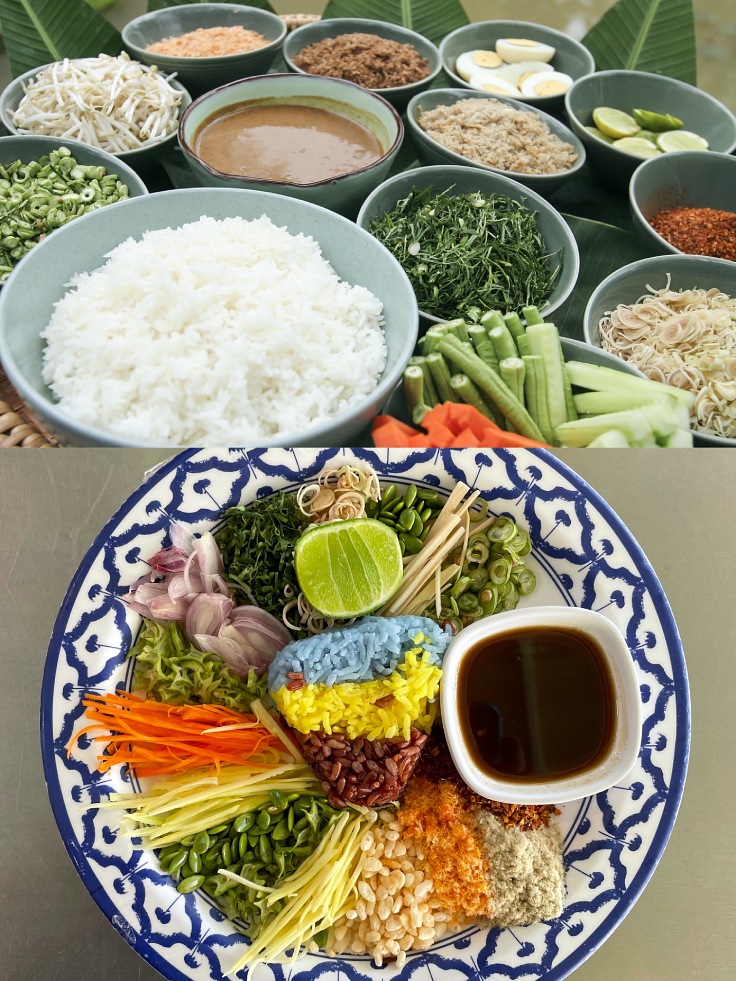
The best sides and pairings for khao yam
Khao yam already offers a delightful mix of textures, but you can level it up with a few tasty side dishes. Pla tod kamin (deep-fried turmeric fish) is a Southern Thai classic that pairs beautifully with the herbal rice salad. Kai golek (grilled marinated chicken) is another protein-rich option that complements the dish. Want something to sip alongside? Try kaeng tai pla (fermented fish entrails soup) or kaeng leung pak tai (Southern-style yellow curry) — both bold, flavorful soups that round out the meal.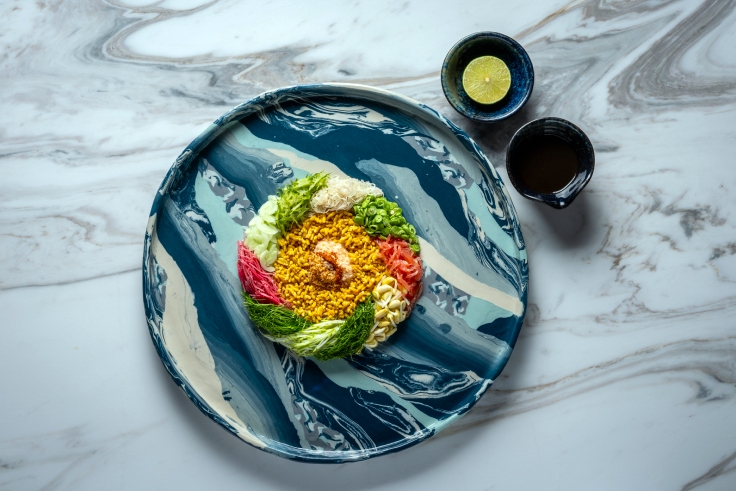
Where to find khao yam
Although khao yam originated in the South, it’s now popular throughout Thailand. Sorn — the first Southern Thai restaurant to receive Three MICHELIN Stars — offers an exquisite and harmonious version of the dish. In Bangkok, Baannai (Bib Gourmand, MICHELIN Guide Thailand 2025) also serves a hearty take. Northern diners can try khao yam at Saiyut and Doctor Sai Kitchen (Bib Gourmand, MICHELIN Guide Thailand 2025) and at Talung in Chiang Mai (Recommended, MICHELIN Guide Thailand 2025).If you visit southern provinces, khao yam places are ubiquitous. From street stalls in markets or local communities to MICHELIN-listed restaurants, you can explore endless versions of khao yam in Phuket, Phang Nga, Surat Thani, and Samui.
When you need a break from the khao yum trail, unwind at a MICHELIN Guide Hotel.

Now’s the time to set out on a journey for an authentic khao yam experience. We recommend starting in Surat Thani — the city of a hundred islands and a center of Dhamma. For the latest travel updates, contact the TAT Call Center at 1672 or visit the TAT Contact Center on Facebook.
Illustration image: © Shutterstock




